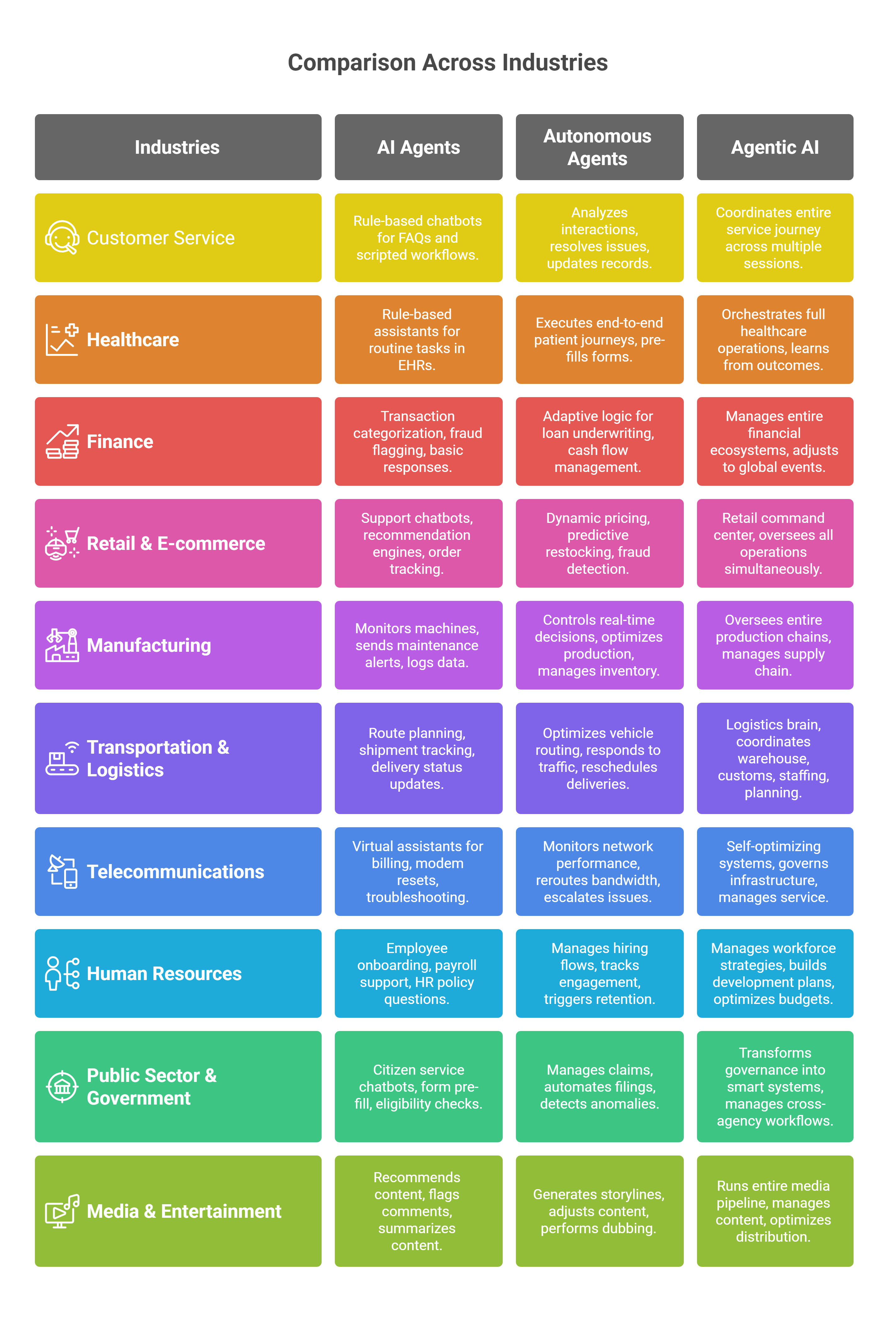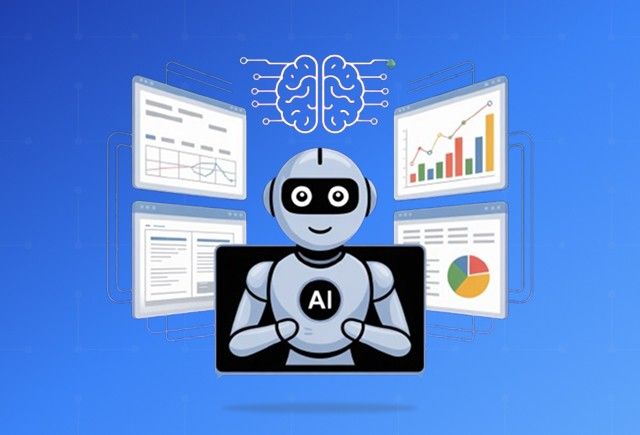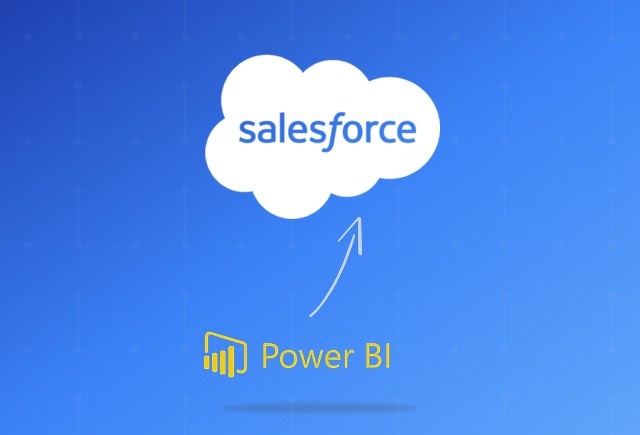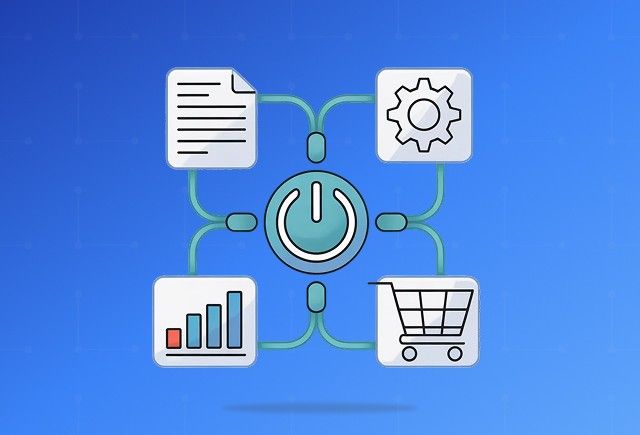AI is everywhere. Over the past year, I’ve seen terms like AI agents, autonomous agents, and agentic AI used interchangeably, often without context.
At first, I brushed them off as slight variations. But the deeper I got into the world of generative AI, the more I realized these are not just different names for smart software. They represent entirely different levels of autonomy, reasoning, and intent.
I’ve already tried to clear the fog in previous posts. In one blog, I explored the differences between Agentic AI and AI Agents, focusing on the shift from tools to goal-driven systems. In another, I laid out a practical comparison between AI Agents and AI Assistants for teams wondering which to deploy. But this one is different.
What prompted this deeper dive was Swami Sivasubramanian’s keynote at AWS Summit New York 2025.
It wasn’t just another product announcement. It was a vision for the future of software, one where AI systems are not just automated but agentic, capable of reflecting, planning, and executing independently over long durations. That keynote reframed everything for me.
This blog builds on that perspective. It’s a strategic breakdown of three commonly misused terms: AI agents, autonomous agents, and agentic AI.
If you’re a decision-maker building for the next five years, understanding the differences could make or break your roadmap.
Three Layers of Intelligence [Clarifying the Terms]
Let’s break it down.
What Are AI Agents?
AI agents are intelligent software programs that can perceive their environment, analyze data, and take action.
Think of it as an intelligent intern that follows instructions, processes input, and executes defined tasks.
They are typically designed for narrow tasks and often operate under human guidance or predefined rules. Modern AI agents are often powered by LLMs integrated with APIs, enabling them to execute tasks like summarizing emails, responding to customer queries, or updating CRM records. However, they still rely on external orchestration, limited context, and static task scopes. They don’t adapt goals on their own.
What Are Autonomous Agents?
Autonomous agents are a step beyond. These are software systems that pursue a goal independently, often over time, and make decisions along the way. They combine perception, planning, reasoning, and action into a self-directed loop.
You can think of them as project managers rather than interns.
Tools like AutoGPT or BabyAGI fall into this category. They can decompose goals, decide which steps to take next, and replan based on feedback.
In enterprise settings, autonomous agents are used for tasks like fraud investigation, legacy system modernization, or supply chain diagnostics. Their defining feature is their ability to operate without constant human supervision, learning and adapting within predefined guardrails.
What Is Agentic AI?
Agentic AI, in contrast, is not a tool or feature. It is a conceptual shift. It represents AI systems that exhibit traits of perceived intentionality—agents that not only complete tasks but formulate goals, evaluate alternatives, and optimize across time. These systems reflect on their performance, manage uncertainty, and sometimes collaborate or compete with other agents. Agentic AI is about building systems that behave more like collaborators than tools. Think of an AI that decides when your enterprise marketing strategy needs realignment based on shifting KPIs and orchestrates the change across systems without being explicitly told what to do.
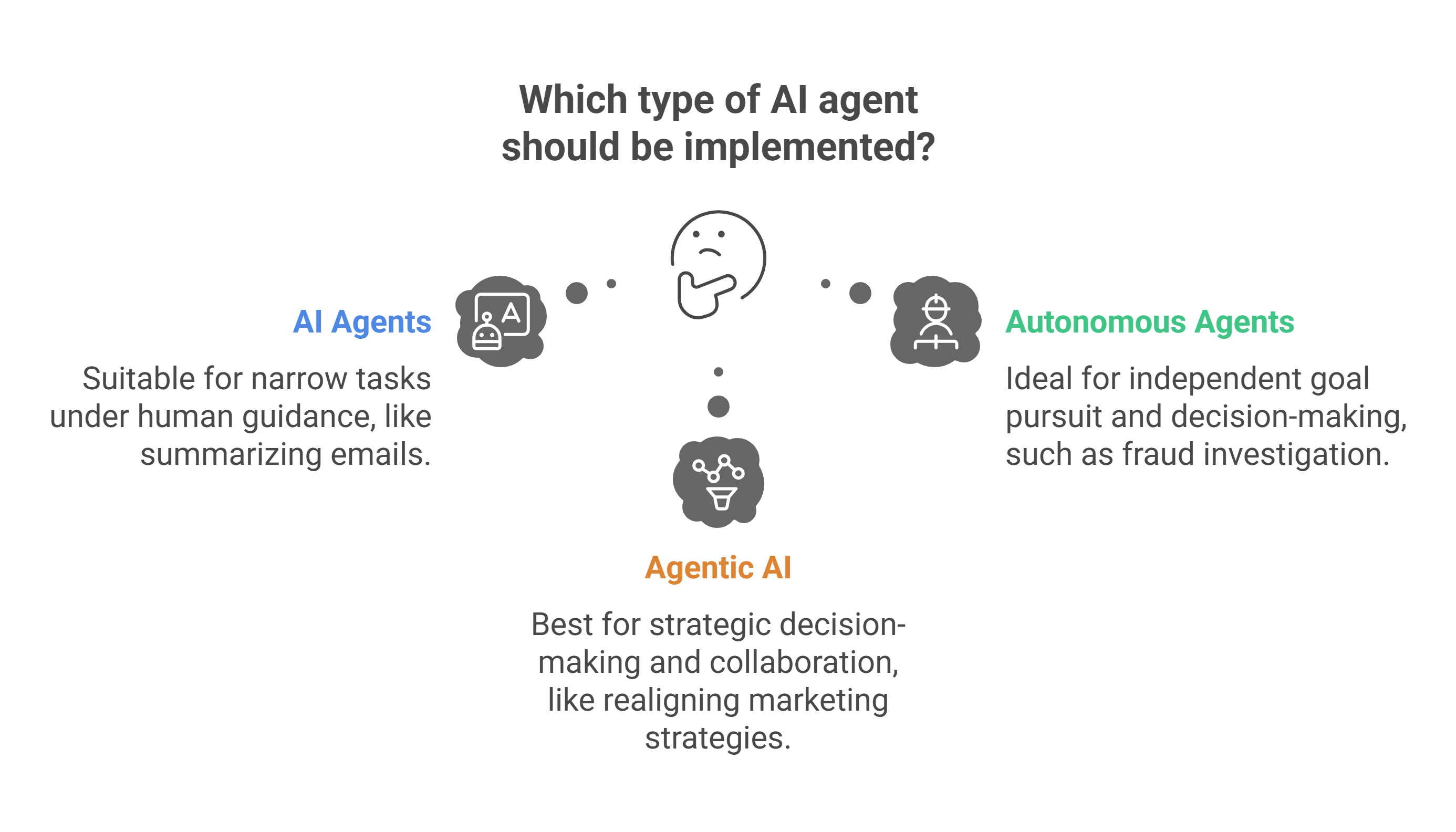
Make the right AI investment with the right agent type
